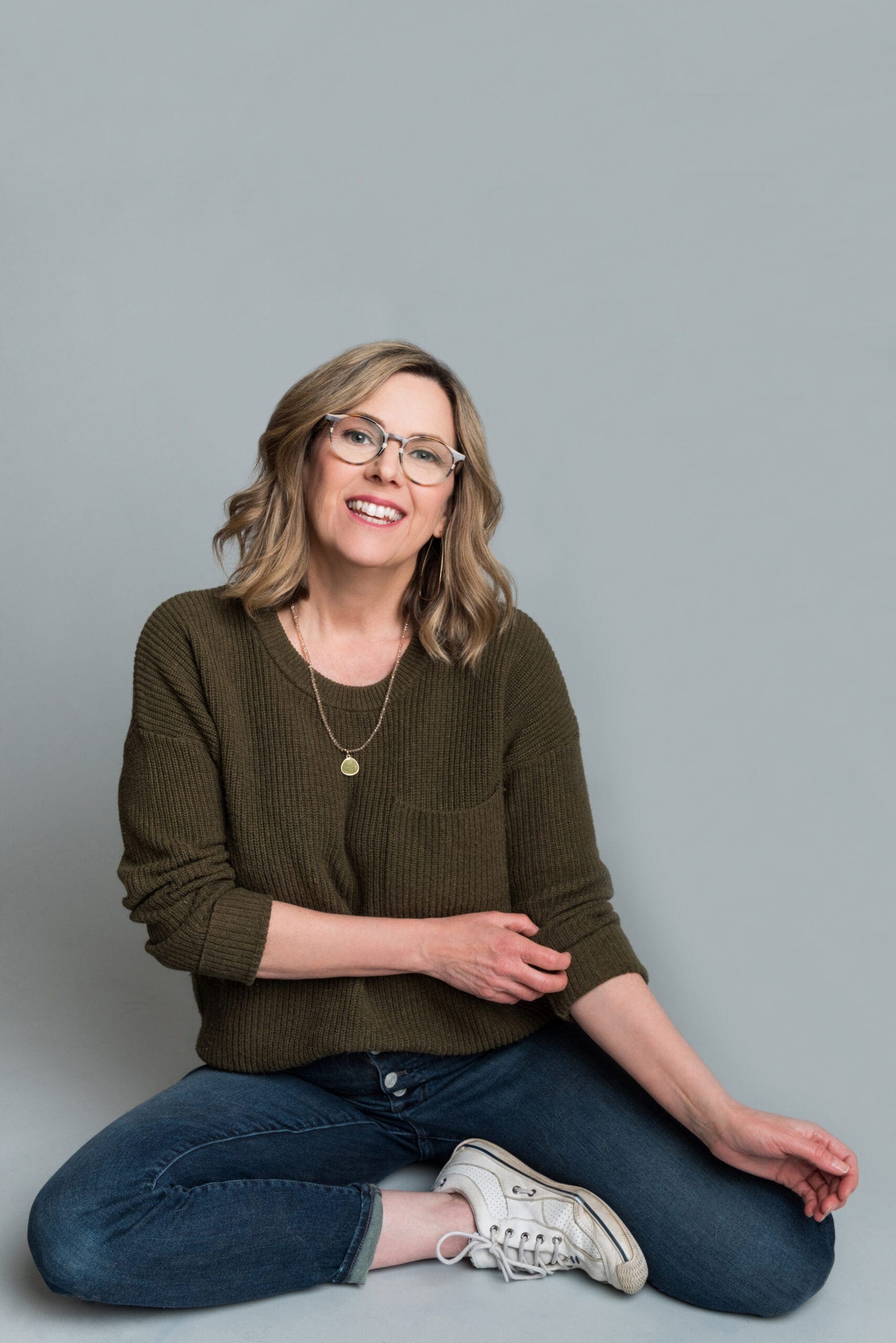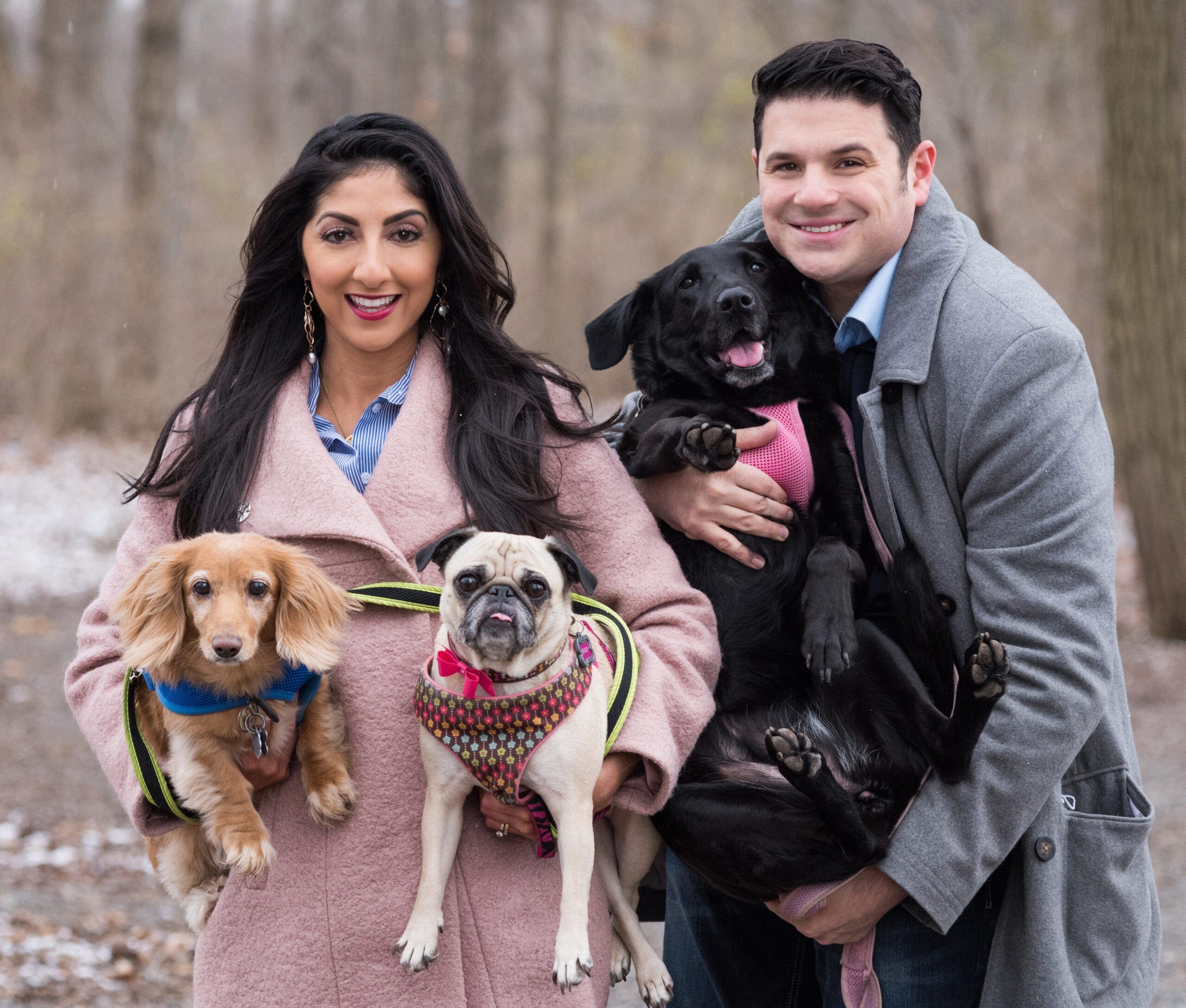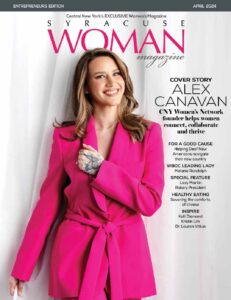Getting to Know Aunt Harriet
By Lorna Oppedisano | Photography by Alice G. Patterson
When Michele Jones Galvin was in the fourth grade, she was assigned a history project. She was to present a report on an important individual who was greatly admired. The choice of who to feature was up to her.
She went home and told her mother, Joyce Stokes Jones, about the assignment.
“Well, why don’t you pick Aunt Harriet?” her mother suggested.
Michele grabbed an encyclopedia and flipped it open to the page containing a passage about Harriet Tubman, fondly known to the family as Aunt Harriet. Michele and Joyce are great-great grand niece and great grand niece, respectively, of the famous abolitionist.
Much to Michele’s dismay, there were only about 10 sentences about Aunt Harriet, accompanied by a small photo.
“How am I going to make this very exciting?” she asked herself.
In the end, Michele chose to research and present on Sidney Poitier for the project instead, since there was a myriad of information available on him.
“Then it hit me,” Michele said. “And, then, I learned that I should never have squandered that opportunity to share with my classmates and my teacher about the relationship with Aunt Harriet.”
Meeting Aunt Harriet
Though she realized the importance of being related to Aunt Harriet and her distant relative’s historical significance in her “fourth grade mind,” Michele remembered, to her, it was more “Mom’s project.”
Joyce learned she was related to Harriet Tubman when she was about 7 or 8 years old.
Young Joyce went to story hour at Booker T. Washington Community Center, and the storyteller began the session by saying, “We’re going to talk about this wonderful woman named Harriet Tubman,” Joyce recalled.
When Joyce returned home later that day, she told her mother about the stories, to which her mother replied, “That was your aunt.”
“Of course, at that time, I was a little girl and didn’t realize how famous she was,” Joyce said.
Years later, in 1968, Joyce wrote the “Black Heritage,” a weekly column for the Syracuse Herald Journal that highlighted noteworthy African-American figures in American history. She also produced a children’s segment on African-American heritage for Channel 9 the same year. In 1972, Joyce produced and directed shows for WCNY on issues in the African-American community.
Around the same time, in the 1970s, Joyce began to research Aunt Harriet, to expand her own knowledge of the famed abolitionist, and bring that knowledge to her family and the general public. She wanted to delve deeper, and expand beyond those 10 sentences Michele found in the encyclopedia.
“I wanted to put our history in the public,” Joyce said.
While she did frequent the Onondaga Historical Association, a lot of the research was done outside of the Central New York area. Her travels brought her to places like Annapolis, Cambridge and Bucktown, Md., just to name a few. Along the way, she conducted presentations of her discoveries to communities, congregations and student groups.
The pieces began to be documented with the 1985 documentary Joyce produced, called “A Conversation with a Living Relative of Harriet Tubman.”
More than a nurse
Joyce’s research revealed Aunt Harriet to be much more of a courageous and dynamic figure than that 10-sentence encyclopedia entry might have led readers to believe.
“Sometimes it comes across as, ‘Oh, she was a nurse and a scout and a spy,’” Michele said. “Well, she was — but scout and spy should come first.”
Michele explained her mother’s findings. While Aunt Harriet did, in fact, know a lot about herbs and healing, she was actually asked to join because of her ability to go behind enemy lines in the South and bring slaves North and into service as Union soldiers.
“So, that was the amazing part, I think — the Civil War piece,” Michele said. “It wasn’t so much the nursing, which I think can lead you to believe something other than what she was there to do.”
Aunt Harriet really had feared nothing, Michele added.
“And that’s why we’re here today,” Joyce said, “because she brought our people out, our family out. Can you believe that?”
Putting it all together
In late 1999, Joyce decided it was time to compile the years of research, presentations and writings into a book. Michele offered to help edit.
“Oh, it’s all done,” Michele recalled thinking, “and I’ll just help her edit it.”
But as they began to delve into the writings and place the pieces of creative nonfiction in place, Michele and Joyce realized it would be more of an undertaking than either of them had first imagined.
To achieve the story they’d envisioned, “we had to spend a little more time on putting more meat on the bones,” Michele explained.
Each Sunday, and in their spare time, Michele would interview Joyce at their dining room table, in order to make the “creative thread” they needed, she said.
“You should see it,” Michele said, in regards to Joyce’s collection on Aunt Harriet. “In her alcove, there are file cabinets just jammed with paper and bookcases just jammed with books, and all the different things that she was able to pull together over the years.”
Little by little, the story came together. The process even included a trip to Africa in 2007, to further investigate Aunt Harriet’s grandmother, Modesty, who was thought to have been of the Ashanti people from Ghana.
People told Joyce she had Ashanti features, she recalled.
“[To me, they said,] ‘But you look like where the beautiful women come from in the northern tribes,’” Michele recalled with a laugh. “I said, ‘I’ll take that!’”
Eventually, in 2013, the duo entered the final steps of publishing. Coincidentally, it was the 100-year anniversary of Aunt Harriet’s death.
“It just came together — like the stars aligned — and we were able to tell her story from our perspective, from our family perspective,” Michele said.
“And that is the first book that comes from family,” Joyce added.
“First and only,” Michele said.
More than just “Mom’s work”
Since the book, entitled “Beyond the Underground, Harriet Tubman: A Heroine in My Family,” was published on Nov. 17, 2013, the authors have done nearly 50 present-ations, including book talks and book signings.
The Central New York community has been very welcoming of their project, Michele said.
The experience of working with her mother on Joyce’s life’s work made quite an impact on her, Michele said. Michele, of course, knew she was related to the historical figure. But while she was growing up, she’d always considered the story of Aunt Harriet to be “Mom’s work.”
It wasn’t until 1999 that she really realized, “Wow, this is amazing,” Michele said.
“When you actually do the work, you really get to know [Aunt Harriet], and you really get to feel her,” Michele said. “So, it really was much later when I really got it. Since then, it’s just been such an honor to be able to talk about my mom’s work and her research.” SWM
For more information on “Beyond the Underground, Harriet Tubman: A Heroine in My Family” and its authors, visit mosesofherpeople.com.








You must be logged in to post a comment.